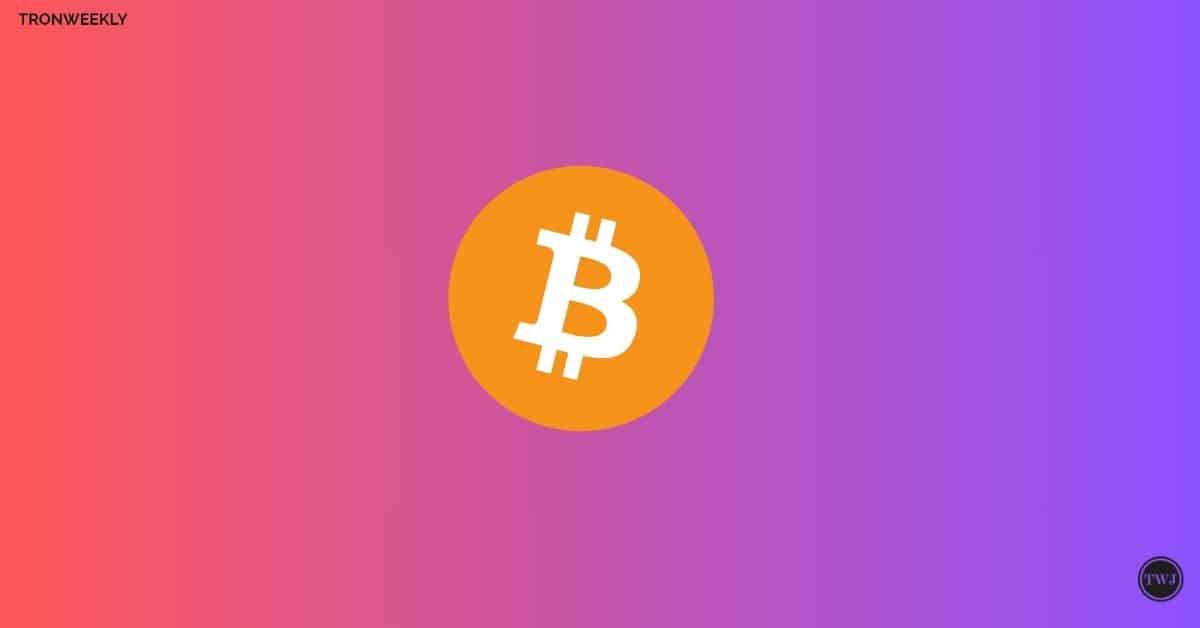In a groundbreaking revelation, the Bitcoin network finds itself in uncharted territory as it grapples with the longest period of block fullness in its history, as per the latest data from Dune. Over 461,000 transactions are queuing up in the mempool, sparking intense curiosity and in-depth scrutiny within digital currencies.
James Check, widely acknowledged as ‘Checkmate, has emerged as a notable expert, highlighting the mysterious surge in blockspace demand. His analysis exposes a puzzling contradiction, even as critical indicators like new addresses and transaction counts reach unprecedented levels, there is a striking reduction in the on-chain settlement of BTC volumes, now approaching its lowest point in a year.
Checkmate’s revelations center on a relatively new phenomenon in the Bitcoin network, “Inscriptions.” Specifically, text-based inscriptions have been responsible for 50% to 60% of all confirmed transactions since mid-April, coinciding with the BTC mempool’s prolonged congestion.
Hidden Influencers Of Bitcoin’s Blockspace Dynamics
Despite their prevalence in confirming transactions, these inscriptions occupy an unexpectedly small portion of block sizes, representing just 10% of bytes and approximately 20% of transaction fees. This anomaly adds to the intrigue surrounding Bitcoin’s evolving dynamics.
According to Checkmate, this trend highlights a BASELOAD fee pressure, indicating an economic situation where users tend to favor more affordable blockspace. The Glassnode researcher points out, “Fee pressure has indeed eased since the peak in May. Bitcoin fees remain higher compared to the bear market but are a long way from the exuberance seen during the bull market.”
Although inscription transactions outnumber monetary transfers, the data indicates that more than 80% of the blockchain is still occupied by monetary transfers, which starkly contrasts with the declining frequency of such transfers in the current landscape.
Checkmate highlights a significant shift in average transaction sizes throughout Bitcoin’s history. Historically, the average transaction size fluctuated between 550 to 600 bytes. However, introducing image inscriptions in March 2023 led to a spike, pushing the average transaction size to over 1.4kb. Subsequently, with the prevalence of text inscriptions, the average size plummeted to 435 bytes, marking an unprecedented low.
Analyst reflects on the philosophical and cultural significance of these inscriptions. He perceives them as not just data inputs but as timestamps that encapsulate the essence of our society. In his view, these attributes elevate Bitcoin beyond its technical aspects, imbuing it with a more humanistic quality. Given its immutable and incorruptible nature, he regards Bitcoin as humanity’s golden record, a ledger that faithfully preserves the truth of our collective history.
The growing trend of inscriptions and their multifaceted implications for the future of the Bitcoin network promises to remain central topics of discussion, exploration, and innovation in the Bitcoin sphere.
Related Reading:| Bitcoin Accumulation Surge As Exchange Reserves Hit All-Time Lows

